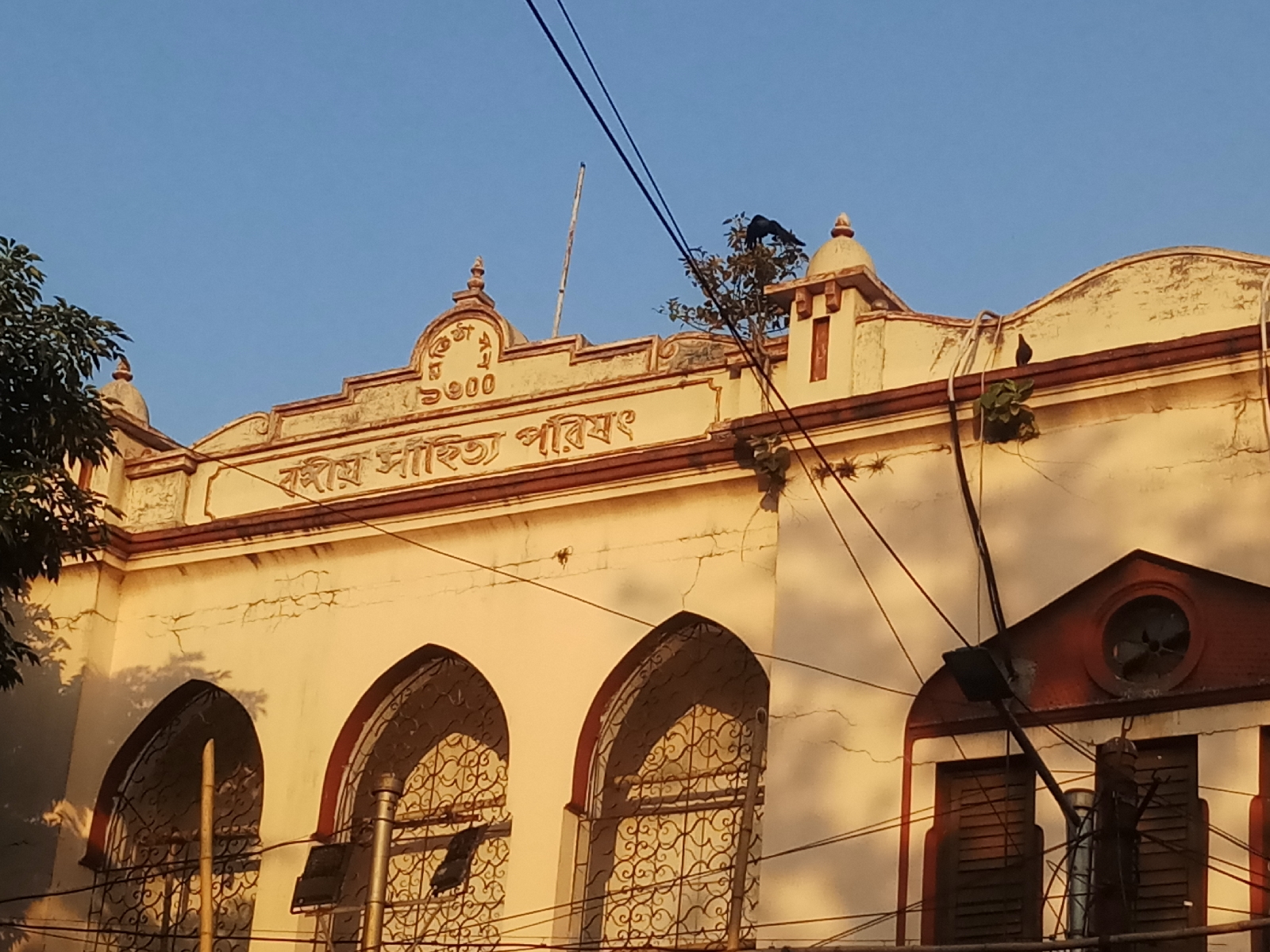According to legends, dacoits attacked a household
and were temporarily blinded by the ferocious Goddess Kali, the worshipped ancestral
deity. On the next morning, these dacoits prayed for their lives to the head of
the family. Upon being sprayed by sacred water they regained their eyesight. This
household is known as Ramananda Bati, located at Ilipur area, Seakhala
panchayat, Jangipara Bidhan Shabha of Hugli District, West Bengal.
Kali pujo
is being performed with much grandeur for the past 560 years. People throng
from near and far in huge numbers during this auspicious occasion.
The Maharaja
of Burdwan was taken seriously ill on his visit to village Kashipur (present
day Cossipore). He was miraculously cured by Kabiraj (Ayurvedic doctor)
Kalika Thakurani. The King gifted him a huge plot of land including 7 ponds.
Thus, the house is also known as Kabiraj bati till today.
The land was
dedicated to Mother Kali and is not owned by any person, a concept commonly known
as debottor sampatti (possession of the Lord). Later, a descendant Kabiraj
Ramadanda established the temple and thakur dalan. On either side of
the worship area of Goddess Kali, Lord Shiva is worshipped as Bhairabnath
and Sambhunath. In front of the temple is the worship area of Narayan.
Toward the backside is a temple of Lord Shiva. The idol of Goddess Kali
is placed overlooking the original house, which sadly today is in a much
dilapidated state.
The temple was later renovated by notable physician Dr. Nalin
Behari Gupta.
It has been passed on for
generations that at one time human sacrifice was performed to satisfy the
Goddess. As such, the podium (bedi) on which the idol is placed has five skulls (tantric, hanuman, fox, snake and lamb) underneath. This sort of podium is called as pancha mundi ashon in Bengali. Another such podium is also present near one of the ponds. Previously buffalo sacrifice was performed and now lambs are
offered to the deity. On every new moon (amavasya) and from Laksmi
pujo to Kali pujo, chandi path (chanting) is performed. 16
priests are involved in the worship practices and the idol is immersed in one
of the ponds. On the next day the poor people were served, what is known as dariddro
Narayan seva. Bengali theatre popularly known as jatra is performed after the immersion.
Most descendants are
spread all over India and abroad, while a few remain in the original land. None of the later family members went on to practise ayurveda, though several of them went on to excel in their respective professional lives. The
pristine, unpolluted atmosphere far from the hustle and bustle of the city is soothing
to the soul. On the occasion of Kali pujo, the Goddess is worshipped
nightlong. The ambience gets a vibrant festivity with the elaborate lightening,
sound of dhhak, crackers, stalls selling various commodities and huge
masses of people gathering to pay homage to this much revered deity.
It is a blessing to be a part of this family from my maternal side.
 |
| Mother Kali |
 |
| The Deity |
 |
| Dasha Mahavidya adorning the walls |
 |
| Dasha Mahavidya adorning the walls |
 |
| Thakur dalan |
 |
| Night view |
 |
| Entrance |
 |
| Shib Mandir |
 |
| Way to the original building |
 |
| Mandir |
 |
| Original architechture |
 |
| Second floor of the original building |
 |
| View from terrace |
 |
| View from terrace |
 |
| Family tree |
 |
| Bedi |
 |
| Khirki pukur (one of the ponds) |





























Comments
Post a Comment